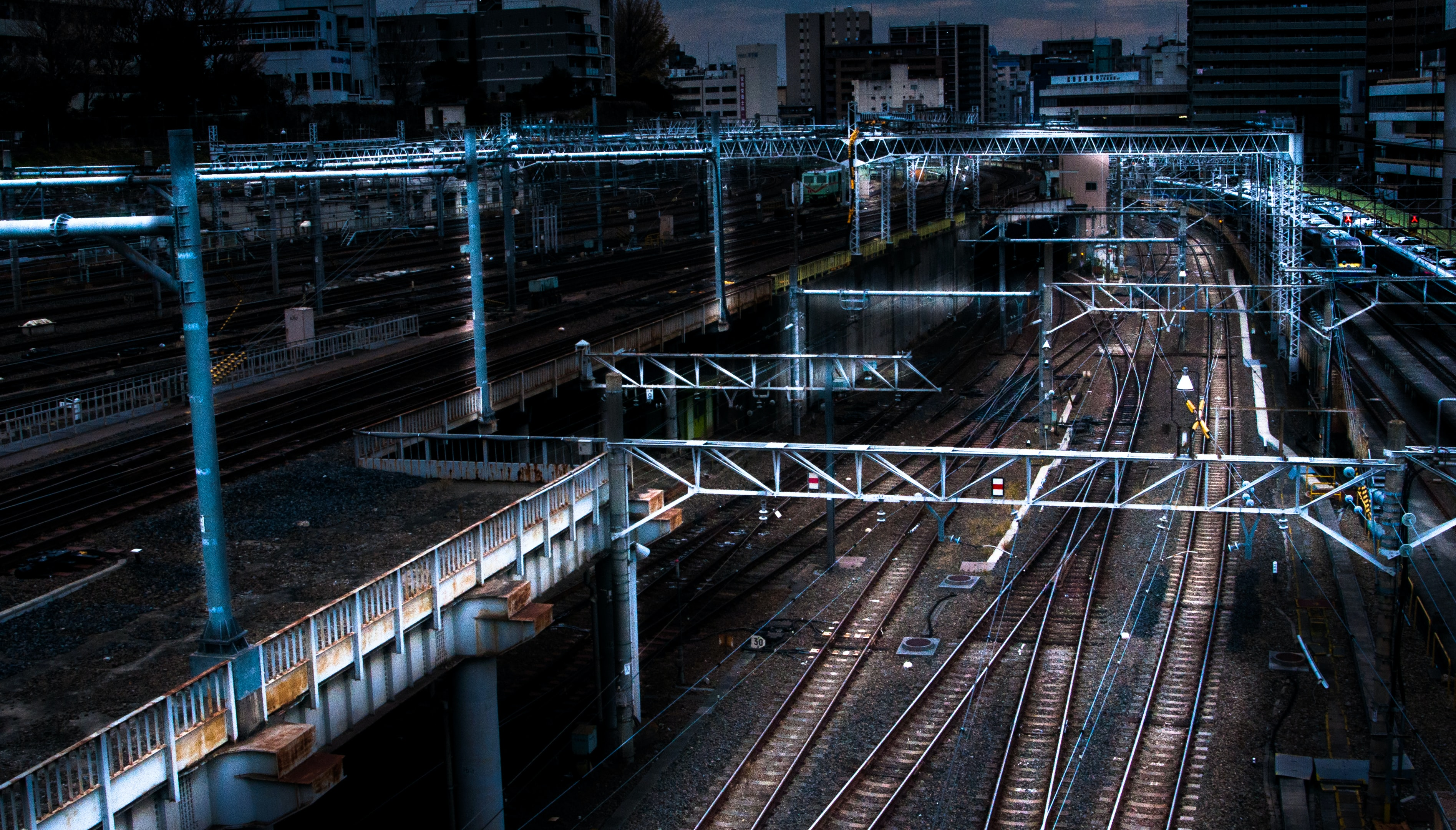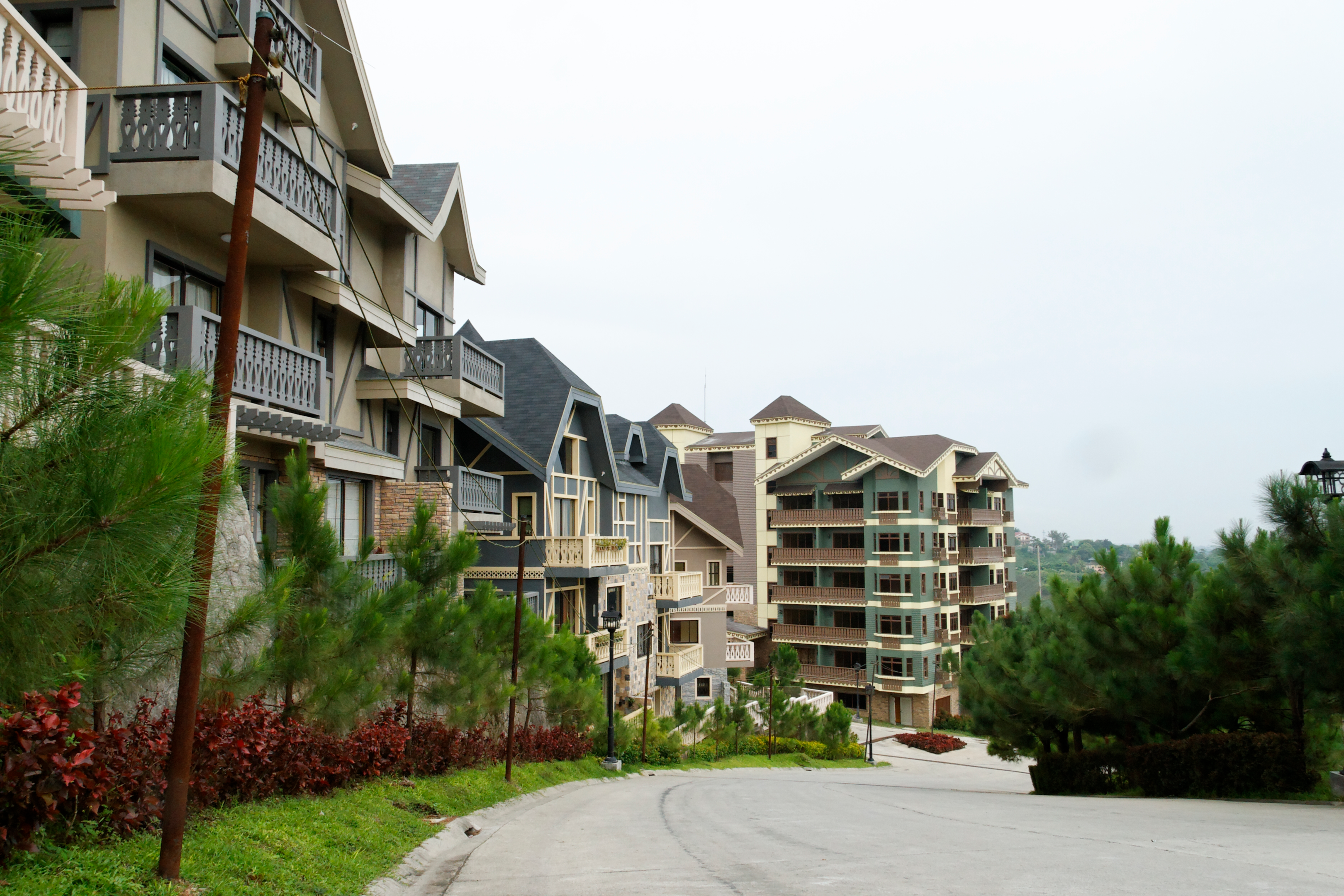BLOGS
Philippine Highway Network: Everything You Need To Know
It has been said that the development of a transport road network plays an essential and critical role in a country both for the social movement of the citizens and its commerce. For instance, it is a crucial element in the economic growth of a nation. By reducing the distance between markets, services, and people, the economy of a country flourishes. As a matter of fact, there is a positive impact on a country’s economic development when the quality of its road network is structured well. As a matter of fact, the proper development of a road network in a country not only reduces the cost of transportation both in terms of time and money but also helps in projecting a sustainable and strategic expansion of various networks in order to guarantee quality relationships and connections between neighboring developing countries in the world.
When a road network in a country is improved and maintained correctly, it instantly enhances the standard of life of its citizens as well as the efficiency and effectiveness of the country. Furthermore, well-established road networks contribute to the development of the country by bringing benefits to various sectors of a country, such as industry, commerce, agriculture, and minerals. This is why the call to invest in road infrastructure systems must be strengthened so that countries are in a better position to acquire benefits from trading both at the international and domestic levels. For instance, road projects enable the services in the country and around the world to be more efficient and the supply of goods. It also connects people to workplaces and schools effectively.

Philippine Highway Network: Classifications and Functions
National roads in the Philippines are under the network of national roads dubbed as the Philippine Highway Network. The said road network is organized, owned, and maintained by the Department of Public Works and Highways (DPWH). Philippine Highway Network is under the Philippine Highway Act of 1953, also known as Republic Act No. 917. This act was created to provide an effective highway network in the Philippines through the construction and designation of highway projects throughout the country.
With the supervision of the Department of Public Works and Highways, this network of national roads shall be administered, maintained, improved, and reconstructed in order to serve their function or purpose. The Philippine Highway Network is organized into three classifications, namely national primary, secondary, and tertiary roads. Note that the national roads connecting major cities are numbered from N1 to N82.
According to the Department of Public Works and Highways, the national primary roads refer to the streets that form parts of the primary trunk line system except those that are not forming parts of the continuous system. This means that this is comprised of roads that directly connect to the major cities. The national primary roads are also classified into the north-south backbone, east-west lateral, and other roads of strategic importance. The north-south spine is the main trunk line from the northernmost of Luzon down to the Southern Mindanao, whereas the east-west laterals are the roads that traverse the backbone and across the islands. As for the other roads of strategic importance, these are roads that have direct access to important centers essential for emergencies and regional developments.
The secondary roads, according to the Department of Public Works and Highways, refer to all the access roads from national, provincial, and city roads and streets that form the secondary trunkline system. These highways in the Philippines directly link cities to national primary roads except the metropolitan area as well as provincial capitals within the same region. Department of Public Works and Highways furthered that secondary roads directly connect major ports, airports, and ferry terminals to the national primary roads.
On the other hand, tertiary primary roads under the Philippine Highway Network refer to existing roads that perform local functions and were introduced and administered by the Department of Public Works and Highways in 2014.
Philippine Highway Network: Route Numbering System
The Department of Public Works and Highways also assigned a route numbering system for the network of roads under the Philippine Highway Network for easy understanding of road users. Furthermore, this numbering system will help road users in planning their itineraries as well as the road agencies and other government agencies to direct the traffic to preferred routes.
Currently, the Department of Public Works and Highways devised a route numbering system for national primary roads, secondary roads, and expressways. Do note that a route numbering system will be expanded to the tertiary roads in the future.
According to the Department of Public Works and Highways, numbers N1 to N49 from primary roads are used for main routes like those connecting three or more cities, whereas numbers N50 to N99 are for routes connecting two cities. For secondary roads, they were given three-digit numbers (e.g., N100 to N999). As for expressways, they are prefixed by the letter “E” and numbered continuously (e.g., E1, E2, E3, etc.)
Philippine Highway Network: Improvements and Upgrades
According to the Department of Public Works and Highways, the Philippine Highway Network has a total length of 21,646.10 kilometers of concrete roads, 10,440.98 kilometers of asphalt roads, and 889.21 kilometers of gravel roads, and 41.96 kilometers of earth roads with a total length of 33,018.25 kilometers. Because of this, the Asian Development Bank recognized the Philippine Highway Network as comparable with or better than many neighboring developing countries in Southeast Asia.
However, in terms of the quality of the road system of the Philippine Highway Network, the Philippines lagged behind its neighboring countries way back in 2012. As a matter of fact, inefficiencies in the mass transport network are still one of the woes of most Filipino commuters despite the infrastructure growth and development of the road system in the country.
In Metro Manila alone, for example, the traffic congestion is still a massive problem for many road users and commuters. And despite the fact that many Filipinos heavily rely on the road network and its system to do their daily tasks, the quality of service that Filipinos expect to have do not live up to what is expected of this road network, especially in one of the busiest streets in the country which is in Metro Manila.

However, the Department of Public Works and Highways, alongside the Metropolitan Manila Development Authority (MMDA), continues to work hard in order to further develop the roads as well as the traffic regulations in order to combat the traffic woes of many commuters and road users. As a matter of fact, in 2015, the administration of the late former President Benigno Aquino III reoriented the government policies in an effort to better and advance the infrastructure growth in the country by enlisting private sector participations in the construction and operation of major road network projects.
Under the said administration, public-private partnerships (PPP) projects were initiated and relied on the build-operate-transfer (BOT) model of financing. Under the said model, private companies bid for a concession from a government agency. This concession will manage and handle the financial aspect as well as the construction and design of a public facility, may it be a road system or other public utilities. The winning concessionaire will then facilitate and operate the said public facility for quite some time. By the time the period of operation has been served, the concessionaire will transfer the ownership to the government.
One of the successful PPP projects in the country is the Cavite-Laguna Expressway which was signed and awarded at the end of 2015. The said expressway is a four-lane toll highway that links the South Luzon Expressway and the Manila Cavite toll road in Kawit, Cavite. Other projects awarded include the extension of the NAIA Expressway and the construction of the Daang-Hari SLEX Link Road.
Final Thoughts
It is undeniable true that the Philippine Highway Network was made into law to improve the quality of life of Filipinos. With all the efforts and other improvements that past administrations did in order to further the infrastructure growth, this goes to show that mediocrity can be combatted with an unwavering effort to grow. And speaking of improving the quality of life, nowadays, it seems like many people are in the look-out for ways on how to elevate the quality of living. As a matter of fact, many will start with a home to live in.
However, considering the fact that a huge number of people have chosen to work in Metro Manila and nearby cities, the plans to settle in a home outside of the metro is no longer an option. Fret no more because there is actually a remedy for your dilemma of advancing your career in the metro while at the same time elevating your quality of life by living in a master-planned community with luxury house and lot properties for sale.
Brittany Corporation, the premier name in luxury real estate development in the Philippines, present to you Crosswinds, your luxury Swiss resort in Tagaytay. Crosswinds Tagaytay offers Swiss-themed homes considered as the most beautiful houses in the Philippines which are perfect for your dream retreat experience. Come to think of it: you are exhausted from work and your entire body is craving for that serenity and warmth of home and at the same time wanting to feel the spirit of luxury to sway you away from the bustle of Metro Manila, Crosswinds Tagaytay got you.
Going home to a community with a spirit of Swiss lifestyle surrounded by Tagaytay’s mountain range and dipping valleys alongside the majestic cityscape and lush greenery to end your day, Crosswinds Tagaytay is definitely a treat for you and your family. Do note that if you are coming from Metro Manila, here’s a full guide for you to help you how to get there.

Currently, Crosswinds Tagaytay has three Swiss-inspired enclaves. These enclaves house the most beautiful houses in the Philippines as well as luxury lots for sale which are suited for your preferences and needs. One of these enclaves is Alpine Villas which is considered to be a luxury development like no other. Alpine Villas is known for its luxury lots for sale and mid-rise condominiums which are perfect to experience Brittany living. Furthermore, Alpine Villas is equipped with space-efficient, well-designed residences and a 24/7 CCTV security system. It is also equipped with swimming pool, fitness gym, and a clubhouse with a function room to celebrate significant events in your life and family’s. And so, if you are thinking of experiencing your own Brittany living, get your new unit of condominium here at Alpine Villas.

Another luxury condominium in Tagaytay you can check out is found at The Grand Quartier in Crosswinds Tagaytay. The Grand Quartier is comprised of luxury condotels units surrounded by the lush greenery of Tagaytay. Currently, the first two building at The Grand Quartier are fully operational as a condotel. On the other hand, The Grand Quartier III is a six-storey building with amenities such as a swimming pool and a gym.
Now if you are literally thinking about a home near the metro, look no more because Brittany offers you Lausanne at Crosswinds which is a country home of first-class residential space. Lausanne at Crosswinds is a 24-hectare area which pre-sells luxury lots.
Improving oneself is a continuous process that should never be abandoned because it is an essential part of living a fulfilling life. And deciding on a place to call your own and raise a family is a great way to get things started, and living in Brittany will undoubtedly provide you with firsthand knowledge of that.
READ NEXT ARTICLE: FILIPINO HUMANITARIANS YOU SHOULD KNOW ABOUT
READ NEXT ARTICLE: MUST-KNOW NEW NUMBER CODING SCHEME
















